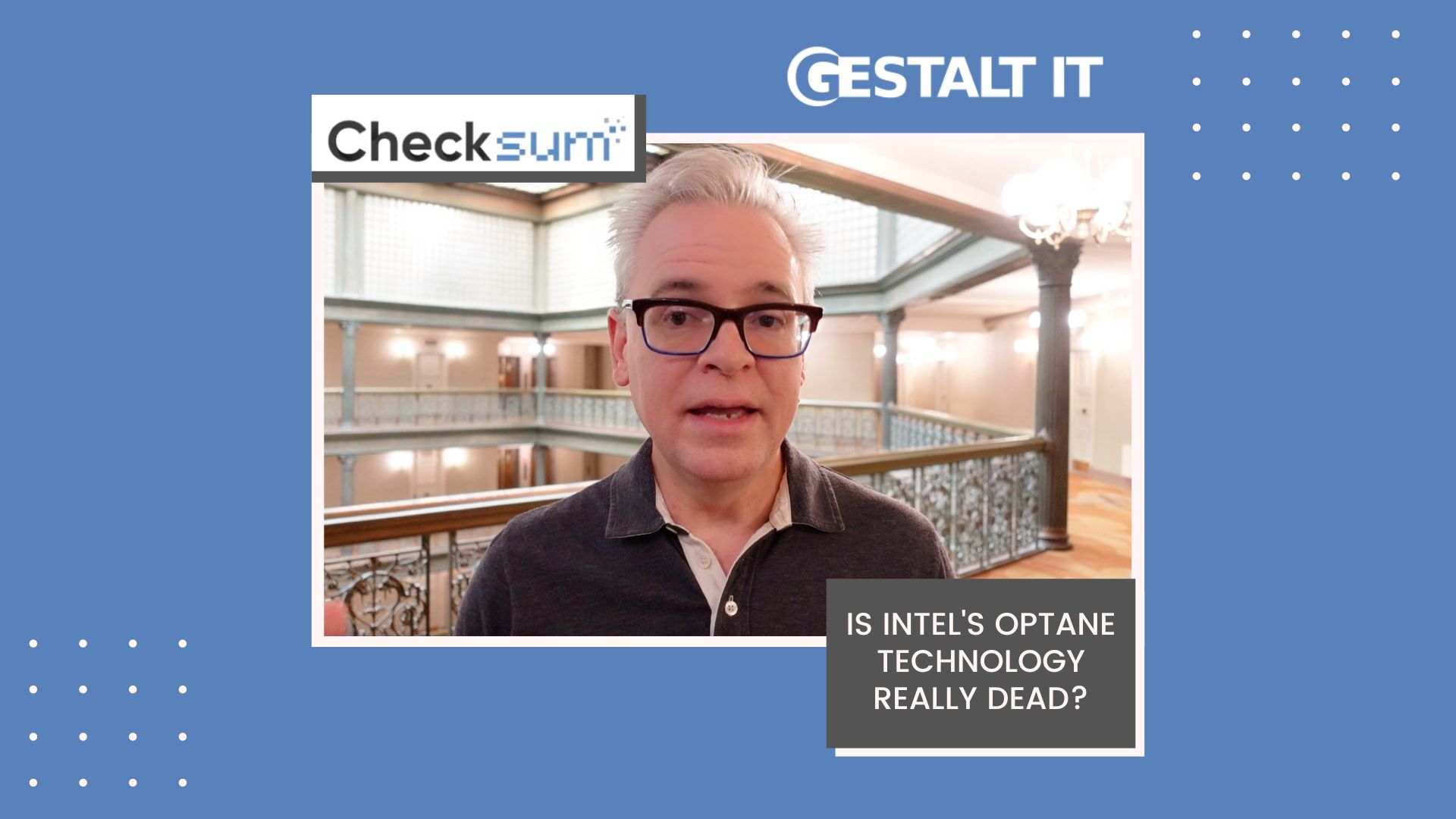After hearing about it for too long, Intel finally released its first product using 3D XPoint memory, the Optane P4800X. For a cool $1,520, you can buy the 375GB PCIe based SSD. As far as cost per GB, it comes in at $4.05/GB. But the main attraction here isn’t the cost (yet), although this is about what we were seeing NAND flash SSDs at around 2008-2009.
Check out this link from Ars for the technical details, but basic appeal of Optane is much lower latency than flash with much greater durability than DRAM. Its able to achieve over 500,000 IOPS with a relatively low data queue, maintains low latency under load, and has better long term durability than flash.
For me, the really cool thing is what Intel’s doing with their Memory Drive Technology. It allows you pool your Optane storage with system memory into a single addressable mass. In early looks at Optane, I haven’t seen any hard numbers of how this works with Big Data applications, but it could have a huge impact. Once Intel starts shipping larger Optane drives, servers can be equipped with up to 48TB (!) of memory in a four socket server. Dang. Intel isn’t the first take this kind of approach.
I previously looked at a similar approach from Diablo Technologies with Memory1, which puts NAND flash drives directly on DRAM DIMMs, writing first to DRAM to prioritize speed. Diablo has the advantage of having hard numbers for the use cases for Memory1, which can greatly speed a lot of Big Data tasks. We’ll have to wait to get that from Optane. Plexistor previously announced support for 3D XPoint for their Software-Defined Memory architecture, which also let you pool DRAM with storage. It’ll be interesting to see how they differentiate themselves from Intel’s Memory Drive Technology. Both of these companies are squarely targeting Big Data applications, so it may be that focus gives them an advantage over a more general purpose solution that Intel is offering.
Of course, you’ll probably still have to wait to get your hands on one. It’s in “limited availability” until the second half of 2017, so good luck!






[…] Intel Optane Enters the Market – Gestalt IT […]